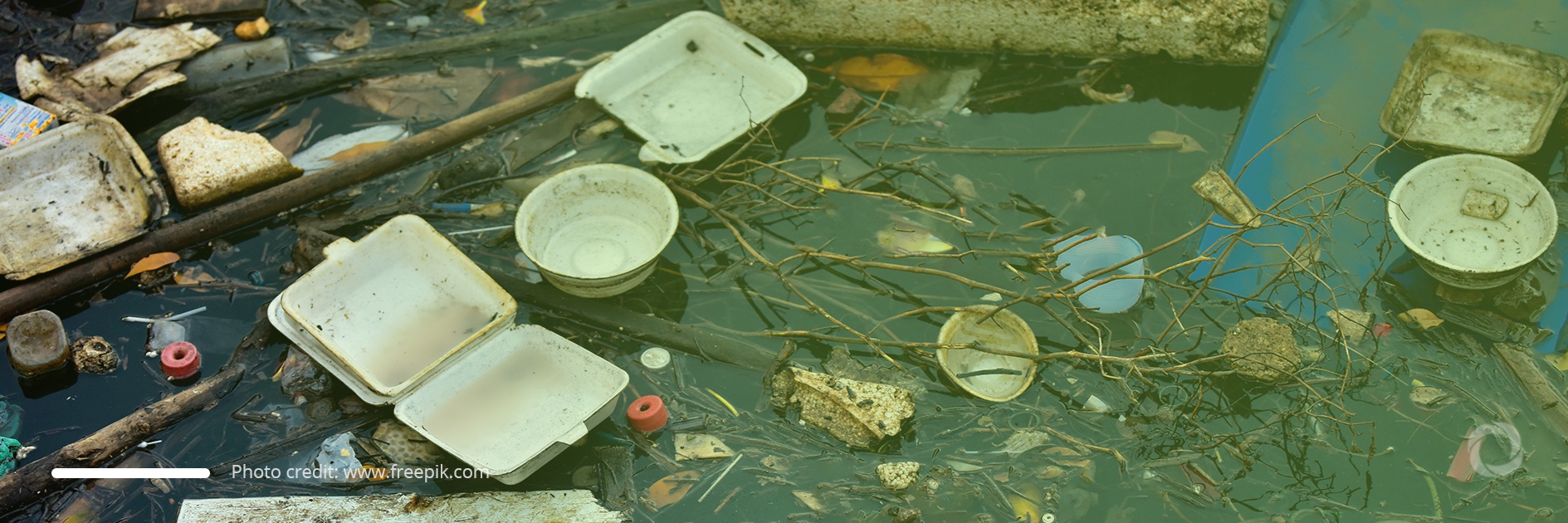Safe drinking water remains inaccessible for 2 billion people around the world, while 3.6 billion still live without safely managed sanitation, according to reports recently released by the UN-Water Integrated Monitoring Initiative. This proves that the world is not on course to achieving Sustainable Development Goal (SDG) 6 – ensuring water and sanitation for all by 2030. Efforts should be doubled, in some cases quadrupled within the next nine years to meet the set goals, commented the International Institute for Sustainable Development (IISD) with the organization concluding that data collection can support policymakers in accelerating progress towards SDG 6.
Alarming updates on SDG 6
Newly published reports show that countries are failing to maintain progress in achieving SDG 6. The publication titled “Progress on wastewater treatment” illustrates that while 56% of household wastewater was securely treated in 2020 (inferred from data of 128 countries representing 80% of the total population), wide-ranging discrepancies were discovered showing that household wastewater treatment progress is still uneven across the globe. A large proportion of wastewater is still returned to nature unprocessed. Gilbert Houngbo, UN-Water Chair and President of the International Fund for Agricultural Development highlighted the importance of water and sanitation by noting:
Reporting on the SDG 6 Target 6.4 which relates to water-use efficiency, the publication emphasizes that water stress values stand at more than 25% in the Central and Southern Asia sub-regions experiencing high water stress. Overall, almost 10% of the global population resides in locations with high water stress. In 2018, 18.4% of the aggregate renewable freshwater resources available had been extracted. In addition, 2.3 billion people around the globe still have no access to basic handwashing facilities with soap and water.
Meanwhile, another report titled “Progress on Water-related Ecosystems” states that one in five river basins worldwide is undergoing rapid change such as flooding or drought while 80% of wetland ecosystems are being lost. Another report titled, “Progress on Integrated Water Resources Management”, illustrates that 107 countries are not making sufficient progress to achieve SDG target 6.5 which relates to the implementation of integrated water resources management at all levels. Only around 50% of countries have progressive laws, institutes, and resources in place for the sustainable and fair administration of water resources.
Fig.1.Country progress towards target 6.5 (2017–2020)

Missing data prevents the progress
According to IISD, in terms of reporting on SDG progress, there are still significant data gaps in some countries. For instance, the 20 lowest low-income economies have reported on only 1,000 water bodies overall while 24 high-income countries have reported on almost 60,000. This lack of data complicates the progress towards SDGs as policymakers become incapable of making evidence-based decisions. Therefore, IISD suggests bringing efforts together to achieve better data collection and availability.
Commenting on the importance of data, UNEP Executive Director, Inger Andersen, noted:

